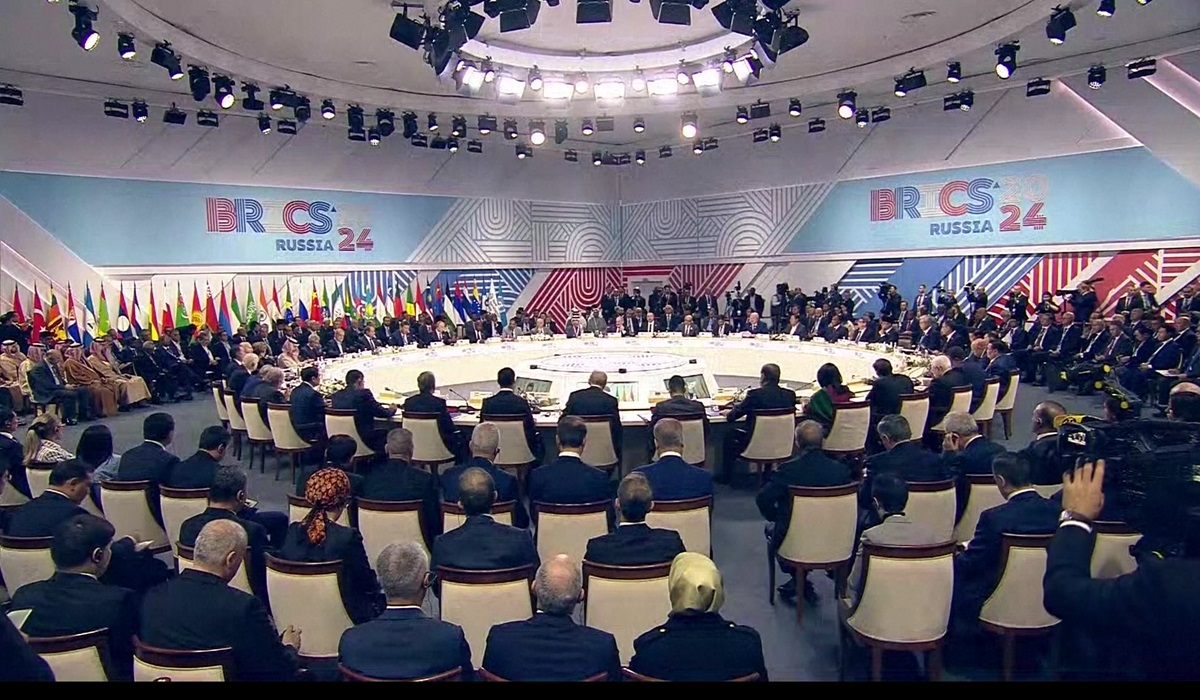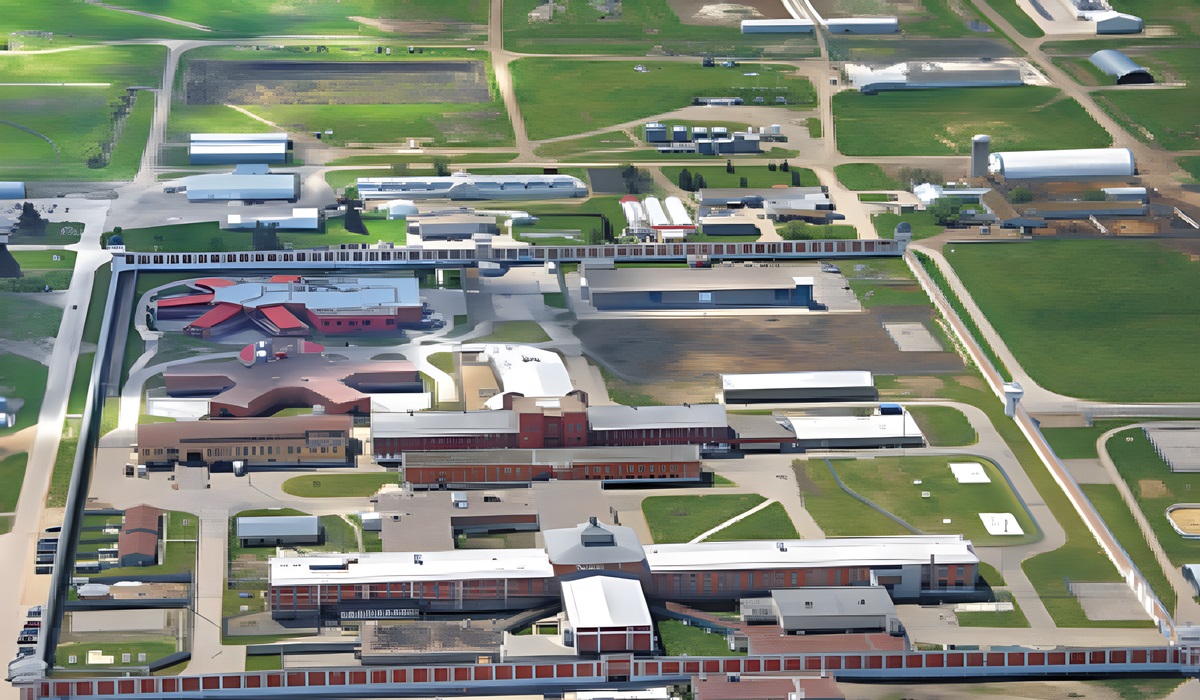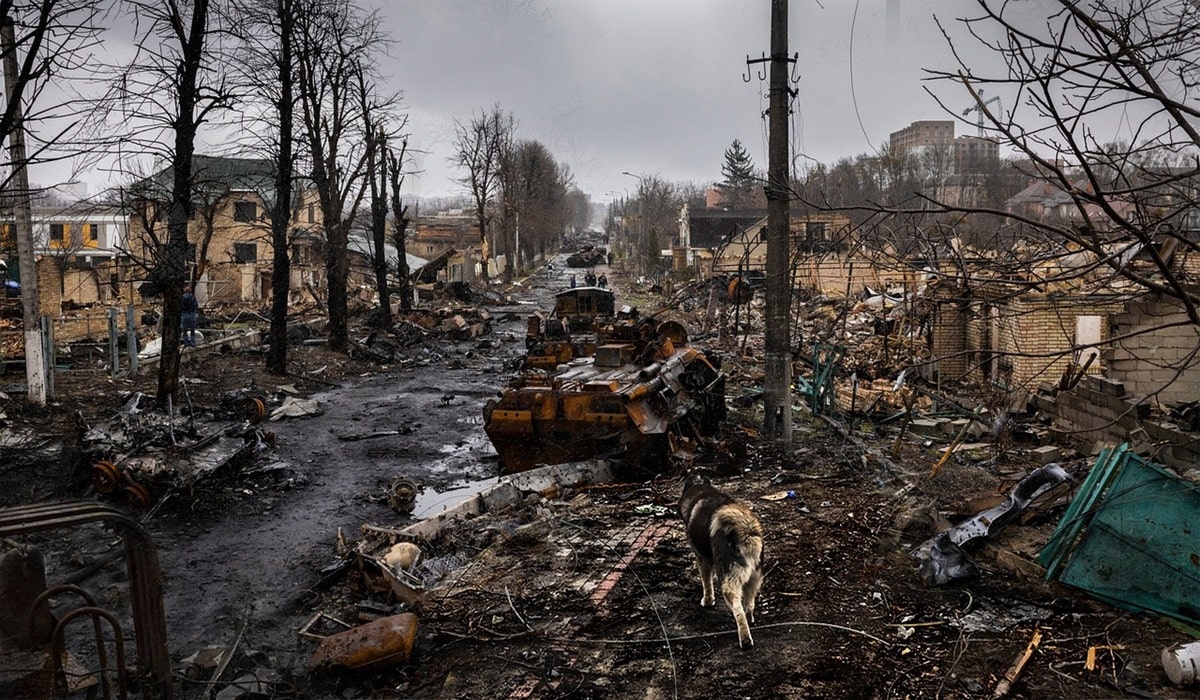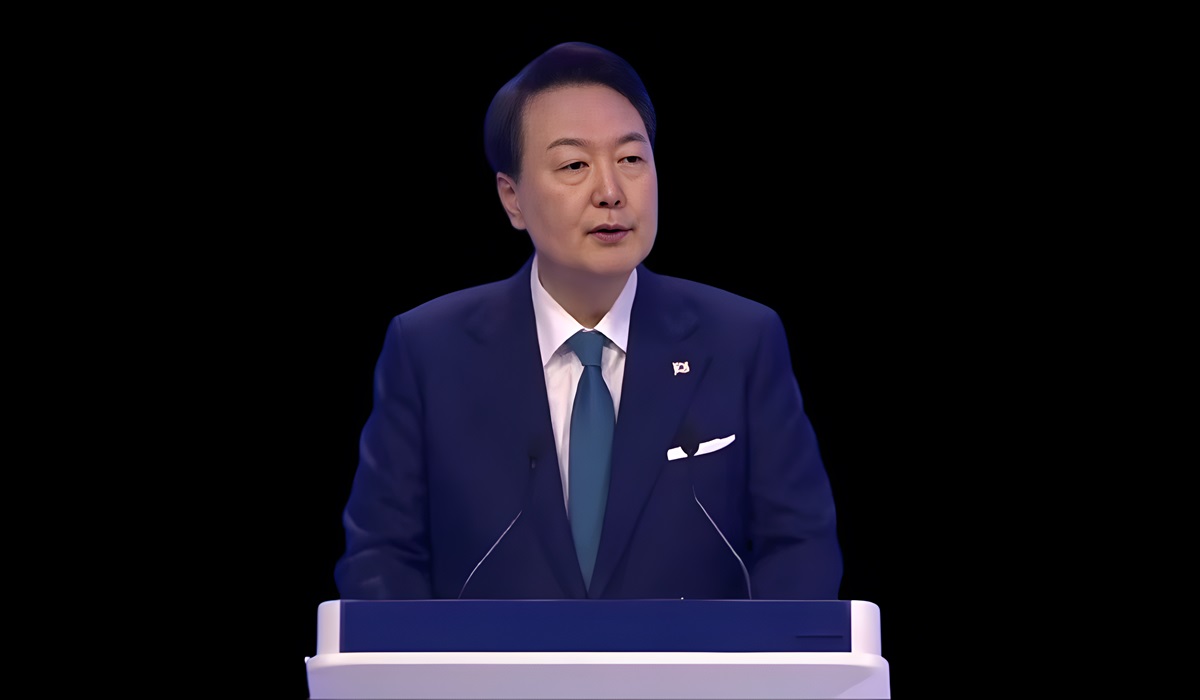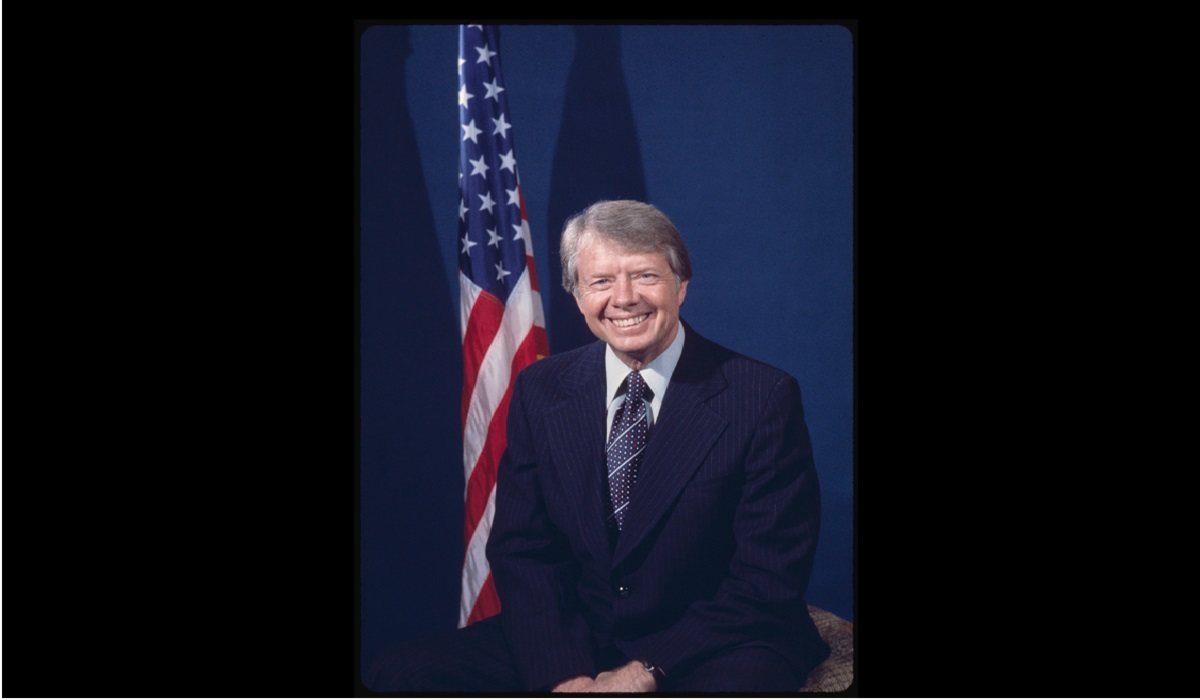The BRICS coalition, a significant bloc of emerging economies, continues its steady expansion with the inclusion of 13 new countries, scheduled to become full members in 2025. Initially formed by Brazil, Russia, India, China, and South Africa, BRICS began as an economic alliance of major emerging markets with the potential to reshape global financial and geopolitical dynamics. The recent invitation to Algeria, Belarus, Bolivia, Cuba, Indonesia, Kazakhstan, Malaysia, Nigeria, Thailand, Turkey, Uganda, Uzbekistan, and Vietnam marks the second wave of expansion since six new countries were added in 2023, aiming to amplify the bloc’s economic and geopolitical leverage.
BRICS Origins and First Expansion
The original five BRICS countries shared fast-growing economies, significant natural resources, and substantial global influence, collectively seeking to counterbalance Western economic dominance. In 2023, the bloc extended membership to Argentina, Egypt, Ethiopia, Iran, Saudi Arabia, and the United Arab Emirates, adding strategic advantages such as vast oil reserves, diverse trading routes, and influence in the Middle East and Africa. With the inclusion of the latest 13 countries, BRICS aims to create an even broader network of resource-rich and strategically positioned nations, potentially laying the groundwork for a multipolar economic order that challenges the U.S.-led Western model.
New 2024 Members and Their Strategic Roles
Algeria – With one of the largest oil and gas reserves in Africa, Algeria’s inclusion adds to BRICS’ energy security. Strategically positioned on the Mediterranean coast, it provides crucial access to European markets and enhances BRICS’ influence on North African geopolitics.
Belarus – Belarus, often regarded as Russia’s close ally, brings a strong industrial base, especially in machinery and manufacturing. Its membership strengthens Eastern European ties and reinforces the bloc’s geopolitical presence near the EU, potentially enabling smoother resource and goods flows to Europe.
Bolivia – Rich in lithium, essential for electric vehicle batteries and the tech industry, Bolivia adds to BRICS’ access to critical minerals. This addition aligns with BRICS’ long-term goals of securing supply chains for future technologies and diversifying sources of rare minerals.
Cuba – Positioned at the crossroads of the Caribbean and Latin America, Cuba provides strategic maritime access and the potential to influence regional politics. Its membership brings BRICS closer to Central and South America, challenging traditional U.S. influence in the region.
Indonesia – A Southeast Asian powerhouse, Indonesia offers substantial oil, coal, and agricultural resources, as well as one of the largest populations in the region. Its vast maritime territory provides shipping advantages and positions BRICS as a stronger player in ASEAN.
Kazakhstan – With abundant oil, gas, and uranium reserves, Kazakhstan is a critical asset for energy security. It serves as a bridge between Russia and China, enabling BRICS to leverage Central Asia’s resources while enhancing trade routes through the region.
Malaysia – Malaysia, a significant player in global palm oil and rubber production, bolsters BRICS’ agricultural capacity. Its strategic location along the Strait of Malacca, a major global trade route, adds to BRICS’ control over crucial shipping lanes and secures an economic foothold in Southeast Asia.
Nigeria – Africa’s largest economy and most populous country, Nigeria is a major oil exporter with a young, growing population. As a BRICS member, it strengthens Africa’s representation within the bloc and positions BRICS as a formidable presence in African markets and politics.
Thailand – Thailand offers robust manufacturing and agricultural industries, including rice production. Its strategic location in Southeast Asia and ties with ASEAN make it a valuable asset for BRICS’ influence in the region and access to key markets.
Turikye – Straddling Europe and Asia, Turikye has long held a pivotal geopolitical position. It provides BRICS with direct influence near the EU and the Middle East, bolstering its clout in oil and gas logistics. Turkey’s solid manufacturing base also enhances the bloc’s industrial capabilities.
Uganda – Rich in oil, gas, and other minerals, Uganda adds further diversity to BRICS’ energy and resource assets. Its inclusion also signals BRICS’ commitment to expanding influence in East Africa, a region with significant agricultural and mineral potential.
Uzbekistan – As a major cotton and natural gas producer, Uzbekistan contributes valuable resources and solidifies Central Asia’s representation within BRICS. Its proximity to both Russia and China supports strategic goals of connectivity and resource security within the bloc.
Vietnam – Vietnam, with its dynamic manufacturing sector, adds to BRICS’ industrial power. It also offers geopolitical leverage in the South China Sea, a region of strategic significance for global trade and regional security.
Implications of the Expansion
The addition of these 13 countries reflects BRICS’ ambition to create a more balanced global order, particularly in terms of resource control, financial influence, and strategic access. With energy producers like Algeria, Nigeria, and Kazakhstan, the bloc strengthens its grip on oil and gas markets, offering an alternative to Western energy supplies. Likewise, the presence of major agricultural exporters like Thailand and Malaysia bolsters BRICS’ ability to meet global food demands independently of Western-aligned nations.
This expansion marks BRICS’ growing influence, with member states boasting diverse economic assets—from technology-critical resources like Bolivia’s lithium to geostrategic positioning like Turkey and Cuba. As the bloc matures, it holds the potential to establish a multi-regional alliance that challenges existing power structures and offers a collective economic alternative to the traditional Western system, with substantial influence in areas such as global trade, energy security, and financial resilience.

